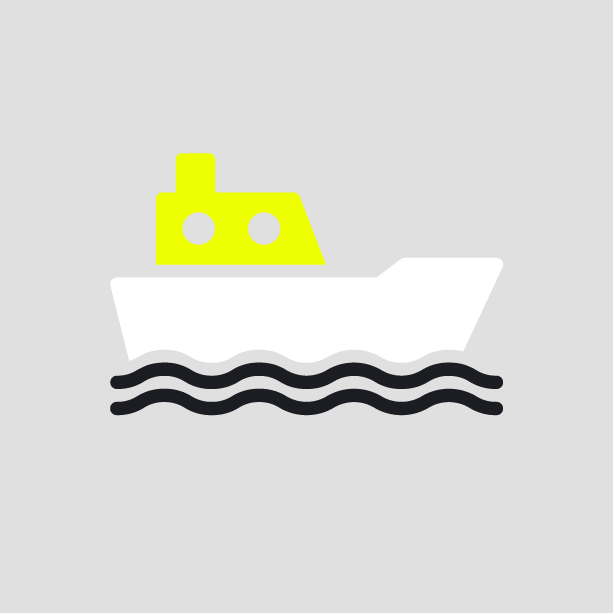-
What happened?
The incident occurred during the repositioning of the crane following the successful lowering of a turbine blade.
The crane operator was preparing to pick up a super-lift tray and move the crane to a designated parking position.
During the process of adjusting the cranes counterweights and radius for the task, the crane tipped forward, resulting in its collapse.

-
Why did it happen?
The crane operated beyond its safe capacity limits, due to an accidental adjustment of the crane programme settings, which led to overloading and instability.
The reduction of the counterweights from 48t to 7t (107,520 lbs to 15,680 lbs), without using the ballast tray or properly adjusting the boom/jib, led to incorrect ballast Management.
Stability indicators showed a gradual progression toward the edge of safe operating conditions, signalling a high risk of tipping over.

-
What did they learn?
Introduction a process where a second qualified person holds the safety key, which is required to adjust the crane programs.
This means that the crane operator must obtain the key before being able to switch programs.
The qualified person will be responsible for double-checking the crane’s setup and position before handing over the key.
Comprehensive retraining programs to reinforce best practices for ballast management, stability monitoring, and system operation.
Operators will be retrained to identify and respond to stability warnings promptly.
A mandatory pause and review process (Stop, Think, Act) will also be introduced when stability indicators approach safe operating limits.

-
Ask yourself or your crew
How can we avoid something like this happening here?
Does your team know what to do in case of an emergency with the crane on site?
Do you know who your qualified key holder is?
Do you know what the stability indicators mean?

Add to homescreen
Content name
Select existing category:
Content name
New collection
Edit collection
What happened?
The incident occurred during the repositioning of the crane following the successful lowering of a turbine blade.
The crane operator was preparing to pick up a super-lift tray and move the crane to a designated parking position.
During the process of adjusting the cranes counterweights and radius for the task, the crane tipped forward, resulting in its collapse.
Why did it happen?
The crane operated beyond its safe capacity limits, due to an accidental adjustment of the crane programme settings, which led to overloading and instability.
The reduction of the counterweights from 48t to 7t (107,520 lbs to 15,680 lbs), without using the ballast tray or properly adjusting the boom/jib, led to incorrect ballast Management.
Stability indicators showed a gradual progression toward the edge of safe operating conditions, signalling a high risk of tipping over.
What did they learn?
Introduction a process where a second qualified person holds the safety key, which is required to adjust the crane programs.
This means that the crane operator must obtain the key before being able to switch programs.
The qualified person will be responsible for double-checking the crane’s setup and position before handing over the key.
Comprehensive retraining programs to reinforce best practices for ballast management, stability monitoring, and system operation.
Operators will be retrained to identify and respond to stability warnings promptly.
A mandatory pause and review process (Stop, Think, Act) will also be introduced when stability indicators approach safe operating limits.
Ask yourself or your crew
How can we avoid something like this happening here?
Does your team know what to do in case of an emergency with the crane on site?
Do you know who your qualified key holder is?
Do you know what the stability indicators mean?
The crane collapsed while repositioning after lowering a turbine blade, tipping forward during counterweight and radius adjustments.











